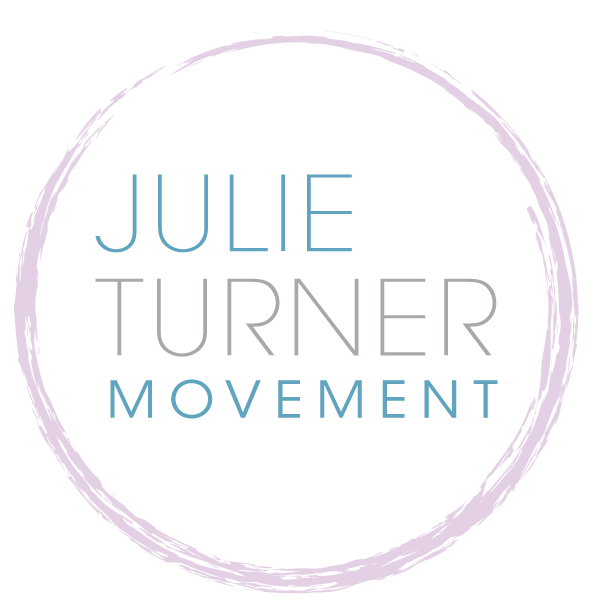Movement to Improve Postpartum Recovery
For many women, the excitement and positive emotions associated with a new baby can be quickly tempered by the challenge of recovering from childbirth itself.
Among emotional and spiritual challenges, the impacts of delivery can be far-reaching and sometimes life-changing:
Postpartum infections, (including uterine, bladder, or kidney infections)
Excessive bleeding after delivery
Pain in the perineal area (between the vagina and the rectum) and Vaginal discharge
Breast problems, such as swollen breasts, infection, and clogged ducts
Urinary or fecal (stool) incontinence
Discomfort during sex
Back, neck, and shoulder pain or discomfort
Difficulty feeling comfortable in your body or missing your pre-pregnancy shape
Pregnancy shifts your body to make room for the growth of your new baby. It's a beautiful and miraculous thing that our bodies are capable of doing to create life.
These shifts and changes deserve our attention after giving birth as well. Too many people believe them to be permanent adjustments, thinking aches and pains are inevitable.
But movement can do so much to help you find your way back into your body again. And it can help you with the mental and spiritual shifts as well.
Mindful, intuitive, body movements can help you discover skeletal and muscular imbalances that may have developed during pregnancy. Focused alignment work can help:
Regain pelvic floor function
Restructure the abdominal wall
Mend diastasis recti
Repair connective tissue alignment and function in a safe and sustainable way
Movement such as:
Specific, three-dimensional, breathwork to bring the ribcage back into a neutral position
Pelvic floor exercises to help the uterus contract and the abdominal wall begin to repair
Proper deep core exercises to protect your spine and reconnect your abdominals in a healthy way
Glute bridges to strengthen your lower body, give you energy, and provide back support
Shoulder mobility and stability exercises to help you get acquainted with your new posture that comes with constantly holding a newborn
It takes nine months to grow the baby inside your body, so it's important to at least give yourself that amount of time to heal after giving birth.
I can help develop a great postpartum strategy for you after your delivery. Start by setting up a 30-min one-on-one consultation with me and we’ll get you going on a plan to meet, and overcome, the challenges your body may face after you give birth to your child.


